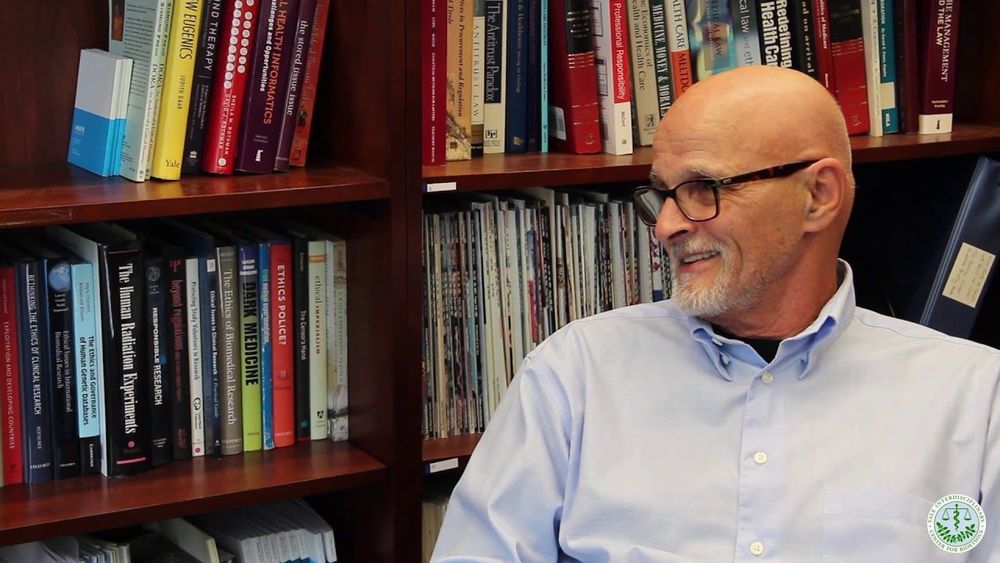FUTURE AFRICA: SUSTAINING THE SOURCE. Let’s discuss on the theme: COMPLIANCE TO GLOBAL SUSTAINABILITY.
💥Register for this Online/Virtual Reality Conference https://conference.taffds.org/
AGILE MINDSET THAT EMPOWERS YOUR LIFE with Annick Bleyen.
FUTURE AFRICA: SUSTAINING THE SOURCE. Let’s discuss on the theme: COMPLIANCE TO GLOBAL SUSTAINABILITY.
💥Register for this Online/Virtual Reality Conference https://conference.taffds.org/
AGILE MINDSET THAT EMPOWERS YOUR LIFE with Annick Bleyen.
In what seems to be the automotive equivalent of a brazen act intended to show dominance, Elon Musk has announced on Twitter that Tesla will be releasing a “Plaid” version of the Cybertruck. Musk did not provide further details in his tweet, though there is little doubt that the feature will make the already daunting Tri-Motor pickup into something downright scary for its fossil fuel-powered rivals like the Ford F-150 Raptor.
Elon Musk’s Plaid Cybertruck revelation was shared on Twitter late Wednesday. While responding to Tesla owner-enthusiast and Third Row Podcast member Sofiaan Fraval, Musk stated that he would be driving a Plaid version of the all-electric pickup truck for personal use. This came as a pleasant surprise to the EV community, especially since this is the first time that such a version of the Cybertruck has been mentioned.
Elon Musk has mentioned in the past that the Tesla Cybertruck will have the handling and performance of a sports car, and this was highlighted during the vehicle’s unveiling event. Apart from showcasing its strength by having the hulking all-electric pickup pull a Ford F-150 like a rag doll, Tesla also featured the Cybertruck drag racing a Porsche 911, and crushing the iconic sports car in the process. These are bold demonstrations, and each was met with equal parts excitement and skepticism from the auto community.
In an effort to make highly sensitive sensors to measure sugar and other vital signs of human health, Iowa State University’s Sonal Padalkar figured out how to deposit nanomaterials on cloth and paper.
Feedback from a peer-reviewed paper published by ACS Sustainable Chemistry and Engineering describing her new fabrication technology mentioned the metal-oxide nanomaterials the assistant professor of mechanical engineering was working with—including zinc oxide, cerium oxide and copper oxide, all at scales down to billionths of a meter—also have antimicrobial properties.
“I might as well see if I can do something else with this technology,” Padalkar said. “And that’s how I started studying antimicrobial uses.”
With the era of dam building coming to an end in much of the developed world, places such as California and Australia are turning to local and less expensive methods to deal with water scarcity, including recycling wastewater, capturing stormwater, and recharging aquifers.
Researchers working for industrial development company Carbios have created a mutant bacterial enzyme that can break down plastic bottles for recycling in only a couple of hours, according to The Guardian.
The enyzme can break down PET plastic bottles into their individual chemical composites, which could later be reused to make brand new bottles.
Conventional recycled plastic that goes through a “thermomechanical” process isn’t high enough quality and is mostly used for other products such as clothing and carpets.
Tesla will cut pay for all of its salaried employees and will furlough hourly workers until May 4, when it intends to resume production of electric cars, according to an internal e-mail that multiple employees shared with CNBC. The pay reductions are expected to be in place until the end of the second quarter.
Health orders, implemented to curb the spread of COVID-19, forced Elon Musk’s electric car company to wind down production at its main vehicle assembly plant in Fremont, California.
The new pay cuts follow Tesla’s first-quarter vehicle production and deliveries report, which pleased investors — the company said it delivered approximately 88,400 vehicles and produced 103,000 in Q1. Tesla has yet to withdraw guidance it gave investors for 2020, saying it should “comfortably exceed” 500,000 vehicle deliveries for the year.
The world generates over six million tons of coffee grounds, according to the International Coffee Organization. The journal Agriculture and Food Chemistry reported in 2012 that over half of spent coffee grounds end up in landfills. Cellulose nanofibers are the building blocks for plastic resins that can be made into biodegradable plastic products.
The YNU team, led by Izuru Kawamura, an associate professor at the Graduate School of Engineering Science, set out to build upon previous research into extracting cellulose nanofibers from coffee grounds. They published their findings on April 1 in the journal Cellulose.
“Our ultimate goal is to establish a sustainable recycling system with our cellulose nanofibers in the coffee industry,” Kawamura said. “Now, more and more restaurants and cafés have been banned from using single-use straws. Following that movement, we aim to make a transparent disposable coffee cup and straw with an additive comprising cellulose nanofibers from spent coffee grounds.”
If we want more renewable energy, our grids will have to manage themselves. A small experiment in Colorado is lighting the way.

We have the technology to potentially add a 47th chromosome, to compound as it were, a new human entity. The implications are enormously consequential.
C.S. Lewis warned about our final mastery over nature, and the inevitable drift into a future world where knowledge about the old world completely vanishes, where what once was, irretrievably transforms into something else: